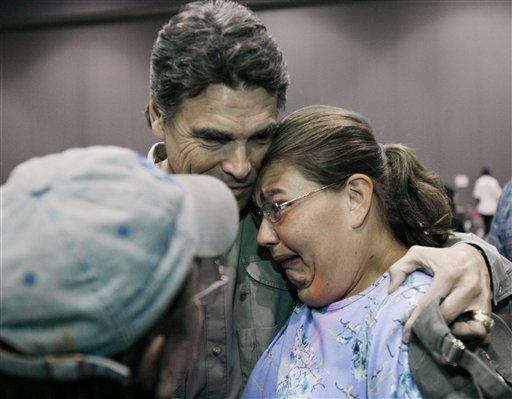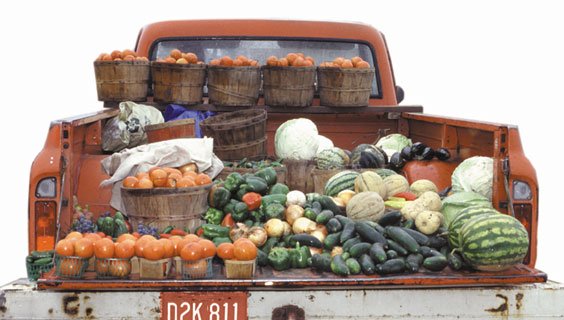Rescuers uncovered obliterated neighborhoods in hard-to-reach
areas of the U.S. Gulf Coast on Monday, and feared they would find
more victims than survivors of Hurricane Ike, the storm responsible
for the deaths of at least 34 people across nine states and the
evacuation of thousands from south Texas.
Rescuers uncovered obliterated neighborhoods in hard-to-reach areas of the U.S. Gulf Coast on Monday, and feared they would find more victims than survivors of Hurricane Ike, the storm responsible for the deaths of at least 34 people across nine states and the evacuation of thousands from south Texas.
Many of those killed lived far to the north of the Gulf Coast as the storm slogged across the U.S. midsection, leaving a trail of flooding and destruction. The storm claimed more than 80 lives in the Caribbean before reaching Texas.
Houston, littered with glass from skyscrapers, was placed under a weeklong curfew and millions of people in the storm’s path remained in the dark. Tensions were rising among more than 1,000 who had spent several nights at the city’s George R. Brown Convention Center. They complained that they couldn’t get information about how to get food and clean clothes.
A massive effort was under way across Texas to get food, water and ice to people who had no power. It could be weeks until the more than 2 million without power have their lights turned on again. Lines snaked for blocks down side streets at gas stations that had little fuel to pump, and thousands packed shelters looking for dry places to sleep.
A Texas helicopter task force flew 115 rescuers onto the heavily damaged resort barrier island of Bolivar Peninsula, just east of the hard-hit city of Galveston. Task force leader Chuck Jones said they were the first rescuers to reach the area.
“They had a lot of devastation over there,” Jones said. “It took a direct hit.”
Some subdivisions in the area are completely gone, he said.
Beginning cleanup was still a distant thought as rescue teams continued going door-to-door to look for survivors and bring them to shelters. Crews had no idea what they would find on the peninsula, which from the air, revealed house after shattered house.
Relief workers were hoping to make it back from Bolivar to Galveston on Monday night, but they were packing for an overnight stay just in case.
Snapshots of damage were emerging everywhere: In Galveston, oil was coating the water and beaches with a sheen, and residents were ordered off the beach. Dozens of cement vaults popped up out of the water-swollen ground, many disgorging their coffins. Several came to rest against a chain link fence, choked with garbage and trinkets left behind by mourners.
Rescuers said they had saved nearly 2,000 people from waterlogged streets and splintered houses by Sunday afternoon. Many had ignored evacuation orders and tried to ride out the storm. Now they were boarding buses for indefinite stays at shelters in San Antonio and Austin.
President George W. Bush made plans to visit the Gulf Coast on Tuesday. He said the hurricane had constricted the nation’s energy supply, driving up prices and frustration. After a briefing on hurricane recovery efforts, the president said he was concerned about the “upward pressure” on prices for consumers.
Bush also said restoring power is an extremely high priority and urged power companies to “please recruit out-of-state people to come and help you do this.”
There were still at least 37,000 evacuees seeking temporary shelter in the state’s 284 facilities, officials said Monday.
Canned goods and thawing meat were helping Susie Griffin feed her husband, 24-year-old daughter and 2-year-old grandson in a home with no water. But the Orange resident did not know how long that would last – she is running out, and was first in line to get food, water and ice from a National Guard supply station Sunday.
“Once it defrosts, you’re in trouble,” she said of the small amount of meat she has in her freezer. “I don’t think anything is open. You have to go to Louisiana, but you’ve gotta have gas to go there.”
Ike was downgraded to a tropical depression as it moved north. Roads were closed in Kentucky because of high winds. As far north as Chicago, dozens of people in a suburb had to be evacuated by boat. Two million people were without power in Texas, Arkansas and Louisiana.















